|
 |
| JAPANESE Site >> |
|
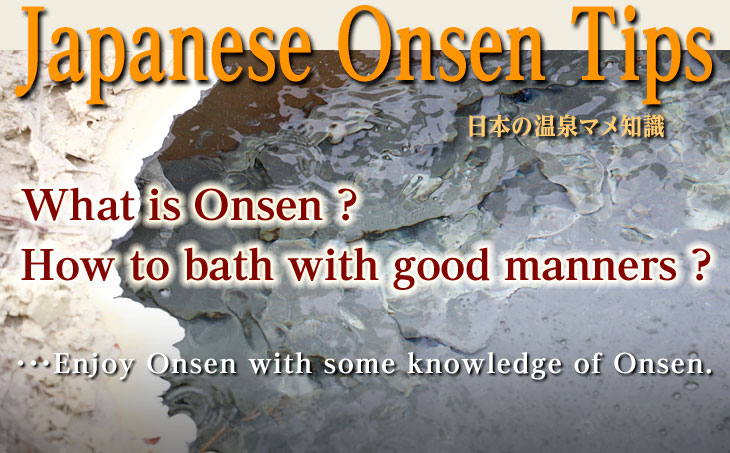 |
|
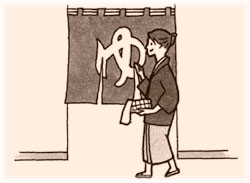 |
|
This page introduce you tips to enjoy Onsen more.
You will relax yourself more with this information. |
|
text : Hiroyuki Mitsuhashi
illustration : Michiko Fujii |
|
 |
|
We have “Hot-spring Law” in Japan. This law defines what Onsen is in Japan.
・The temperature of spring source is above 25℃.
・Spring contains at least one mineral out of 19 minerals and the amount
of minerals are above specified values.
If the water matches one of these 2 condition, we can call this Onsen.
It is quite simple that we can define Onsen with temperature or minerals
in water. |
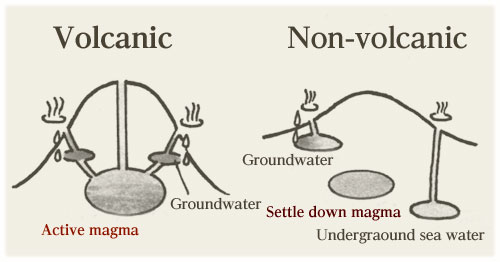 |
|
| [ Mechanisms of Onsen ] |
There are 2 types of Onsen roughly, “volcanic” and “nonvolcanic.” Volcanic
onsen is that the spring is heated directly by magma of volcanoes. Non-volcanic
onsen is not related to volcano and those springs are heated with pressure
of underground or magmas.
The spring sources are also divided into 2 types. Most of springs have
water that comes from underground, rains and snows are the sources of those.
This includes steam and gases. Another is the sea water that has been hold
a long time by ancient tectonisms. This one is “Non-volcanic sea water”
Onsen. This sea water has 10 million years history.
By the way, is sea water defined as Onsen based on the definitions of that
law ? …Some people think in that way but the law also says that Onsen water
must spring from underground. Thus sea water is not Onsen. |
 |
|
There are 10 kinds of Onsen defined by minerals, ingredients and concentration. Each onsen can heal bodies differently… do you have any parts to heal ?
People in ancient times didn’t know those ingredients and healed themselves.
It was told that soldiers used Onsen for curing few hundreds years ago.
Nowadays effects of Onsen are proved in medical point of view. It is very
good to know each effect of each Onsen. |
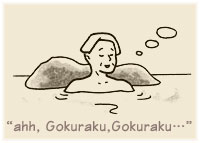 |
|
You will hear some people say in Onsen, “ahh, Gokuraku, Gokuraku.” (“Gokuraku”
means “heaven” or “paradise” in Japanese.) When you say so during bathing,
you also enjoy the scenery around Onsen town, foods and drinks…Those environments
also relax you more.
|
There are many onsen with “Bijin-no-yu” in Japan. (“Bijin” is beautiful
person in Japanese.) With those words, many people will visit Onsen to
bath there…but isn’t it true ?
Some ingredients of Onsen can good for your skins and provide moisture.
So when you find “Bijin” at Onsen, please understand that this onsen is
good for our skins. |
|
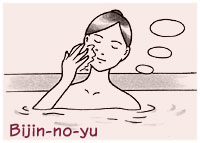 |
 |
|
| Most of Onsen on PAIR SLOPE’s webpage are free-flowing hot spring sources.
(“Gensen Kake-nagashi” in Japanese) Let’s look at these variations. |
⚫ Free-flowing hot spring source
⚪ Added water : Hot spring with cold spring water
⚪ No additional water : Heated hot springs
⚪ No additional water, no heated : 100% free-flowing Onsen with comfortable temperature
⚫ Circulating : Some Onsen has little hot spring source thus the water is filtered to
keep it clean. This system is as same as hot pools and public baths (“Sento”
in Japanese). The water is also chlorinated as well to sanitize it. |
 |
|
| Some might think that Onsen with color has more benefit for our bodies.
That is not the case. Almost all hot-spring source has no color and clear.
The reason some water of Onsen are turbid is chemical reactions and effects
of lights. |
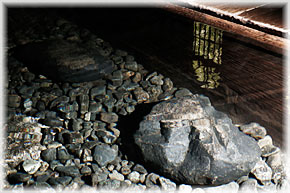 |
|
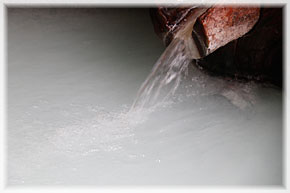 |
|
|
|
| Clear |
|
Turbid |
| There are many kinds of turbid Onsen in Japan. White, orange, yellow, gray,
black, blue, green, etc… Both clear and turbid Onsen are fascinating. |
 |
|
| We can enjoy Onsen much better with good manners. Here is dos and don’ts
of Onsen. |
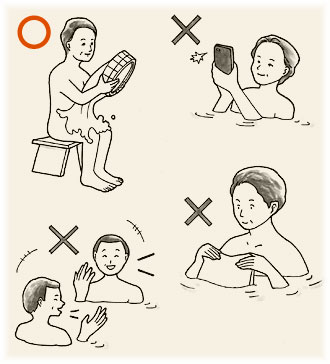 |
|
<Dos>
Pour Onsen over body : This is for cleaning body before taking a bath. It is also good to get
used to Onsen.
<Don’ts>
Take pictures : It is not good to bring cameras inside Onsen. Many Onsen prohibits taking
pictures recently to avoid getting into trouble when bathing.
Put towels inside Onsen : This makes Onsen dirty. No underwear nor swimming wears.
Speak in a loud voice : It is not good to speak in a loud voice. No swimming.
|
Next topic is mixed bathing, or “Kon-yoku” in Japanse…
If we understand the law literally, mixed bathing is prohibited in Japan
but there are some exceptions.
The old Onsen places are allowed to give guests mixed bathing but not for
new businesses. Thus mixed bathing will be end if they close. Currently
the number of Onsen provide mixed bathing is decreasing. |
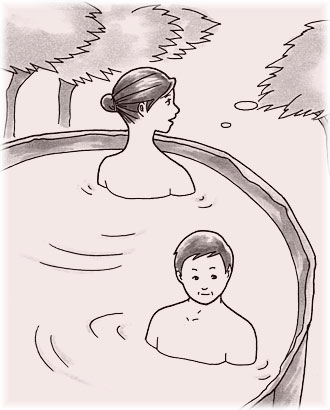 |
|
[Good manners for mixed bathing]
⚫ Do NOT stare at other people enjoy Onsen.
⚫ Do NOT show off your body.
⚫ Do NOT hit on other people in the same bathtub.
But in case you are talked to someone, just answer gently…
*For ladies, some Onsen provide towels or bathing wear for mixed bathing. |
Decreasing in mixed bathing is not only happened with closing Onsen-yado,
Recently, the good and old mixed bathing culture is losing due to screens
to divide bathtub even in mixed bathing. Some Onsen also provide guests
“women-only” times for bathing.
This relates not only changes to Onsen culture but also behaviors of some
people, especially men, in mixed bathing I would say.
Onsen with mixed bathing have great sources of hot springs. I would like
all of us to have good manners to bath.
Well, this is simple and basic tips for Onsen.
If you understand at least the contents of this page, you can enjoy Onsen on our page much more. And you must want to go there. Actually I really wanna go all of Onsen while writing this page… |
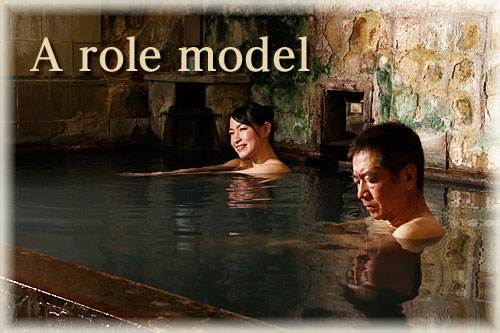 |
|
| Konyoku…I’m on the right side. |
| Well, this is simple and basic tips for Onsen. If you understand at least
the contents of this page, you can enjoy Onsen on our page much more. And
you must want to go there. Actually I really wanna go all of Onsen while
writing this page… |
|